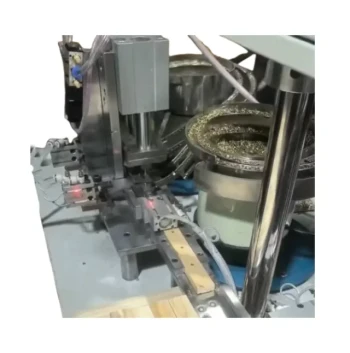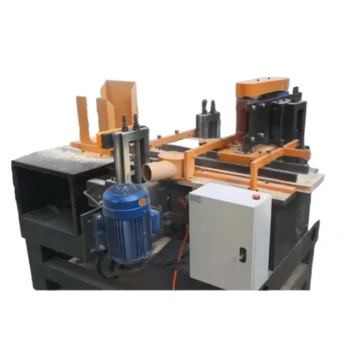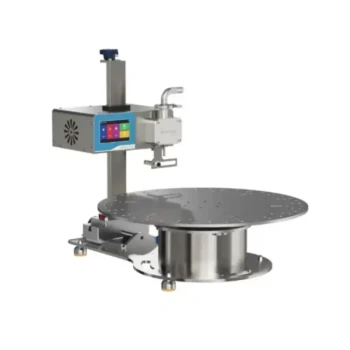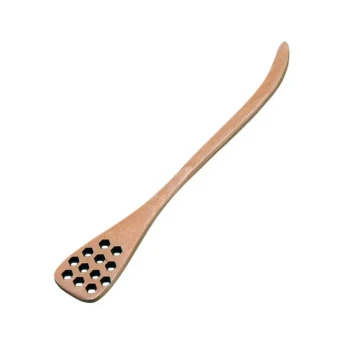The terms 'top feeder' and 'bottom feeder' have entirely different meanings depending on whether you are discussing aquarium fish or beekeeping equipment. In aquatics, these terms describe the natural feeding behavior of a fish—where it consumes food in the water column. In beekeeping, the terms refer to specific types of equipment used to provide supplemental food, like sugar syrup, to a honeybee colony.
The core confusion arises because "feeder" can mean either the animal itself or the device used to feed it. In the context of fish, it's about behavior. In the context of bees, it's about hardware.
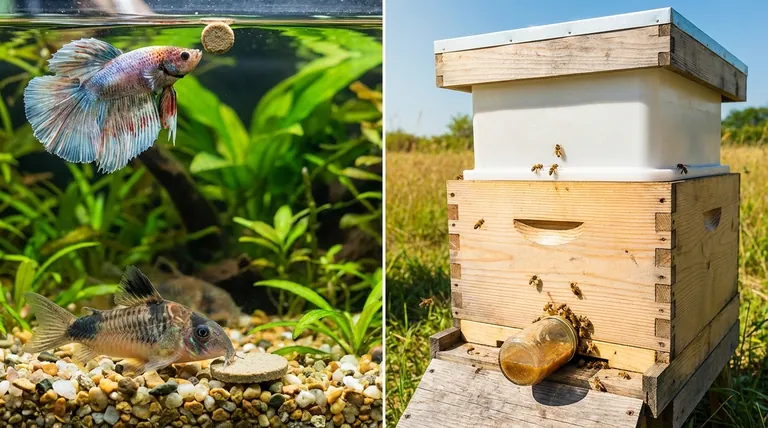
In Aquatics: It’s About Behavior
In an aquarium setting, the terms describe where a fish naturally prefers to eat. This is critical for ensuring all inhabitants of a community tank receive proper nutrition.
Top Feeders: Surface Dwellers
Top feeders, also known as surface feeders, have mouths that are upturned or oriented to easily consume food floating on the water's surface.
They thrive on flake foods, floating pellets, and live foods that stay at the top. Common examples include Bettas, Guppies, and Hatchetfish.
Bottom Feeders: The Cleanup Crew
Bottom feeders are fish and invertebrates that are adapted to find food on or in the aquarium's substrate (the gravel or sand at the bottom).
Their mouths are typically turned downwards to sift through sand or scavenge. They are essential for tank cleanliness, consuming uneaten food that sinks. Sinking pellets and wafers are ideal for them. Examples include Corydoras Catfish, Plecos, and various Loaches.
Mid-Water Feeders: The In-Between
To complete the picture, mid-water feeders prefer to catch food as it sinks through the middle of the water column. Many Tetras and Rasboras fall into this category, catching food before it ever reaches the bottom.
In Beekeeping: It’s About Equipment
For beekeepers, a "feeder" is a device used to provide sugar syrup or water to a hive. The name—top, entrance, or frame—describes its physical placement relative to the hive body.
Top Hive Feeders
A top feeder is a large basin or tray that sits directly on top of the uppermost hive box, but under the outer cover.
They hold a large volume of syrup, often up to three gallons, which is ideal for fall feeding or for apiaries that cannot be visited frequently. Most modern designs include screens or floats to prevent bees from drowning. Their primary advantage is that they can be refilled with minimal disturbance to the colony.
Entrance Feeders (The "Bottom Feeder" Analogy)
While "bottom feeder" is not a standard term in beekeeping, the closest equivalent is an entrance feeder, also known as a Boardman feeder.
This small device sits at the bottom entrance of the hive. It typically consists of a small plastic or wooden base that holds an inverted jar of syrup. While easy to monitor and refill, they hold very little syrup and can encourage "robbing" by bees from other hives.
Frame Feeders
A frame feeder is a thin, plastic container shaped like a frame of honeycomb. It is placed inside the hive body, taking the place of one or two of the wooden frames.
This design allows bees to access food inside the hive, protected from outside robbers and inclement weather. However, refilling a frame feeder requires opening the hive completely, which is more disruptive to the bees.
Understanding the Trade-offs
Choosing the right approach requires understanding the context and the associated compromises.
For Aquarists: Balancing a Community Tank
The primary challenge is ensuring all fish are fed. If you only provide floating flakes, your bottom feeders will starve.
A balanced community tank with fish at all levels requires a varied feeding strategy: some floating food for the top dwellers and some sinking pellets or wafers for the inhabitants at the bottom.
For Beekeepers: Balancing Convenience and Colony Health
No single bee feeder is perfect for all situations. A top feeder offers volume but can be difficult for a small, weak colony to access in cold weather.
An entrance feeder is cheap and easy to check, but its low volume and risk of inciting robbing make it a poor choice for serious feeding. A frame feeder protects the food source but requires significantly more disruptive hive inspections to refill.
Making the Right Choice for Your Goal
Your application of these terms depends entirely on your hobby and your specific objective.
- If your primary focus is building a healthy aquarium: Match the food type (floating vs. sinking) to the behavioral needs of your top- and bottom-feeding fish.
- If your primary focus is managing a beehive: Select feeding equipment based on the season, colony strength, and your desired balance between capacity and hive disturbance.
Ultimately, understanding the context in which these terms are used is the key to avoiding confusion and achieving your goal.
Summary Table:
| Context | Term | Meaning | Key Consideration |
|---|---|---|---|
| Aquarium (Fish Behavior) | Top Feeder | Fish that eat at the water's surface (e.g., Bettas, Guppies). | Requires floating food. |
| Aquarium (Fish Behavior) | Bottom Feeder | Fish that eat on the substrate (e.g., Corydoras, Plecos). | Requires sinking food. |
| Beekeeping (Hive Equipment) | Top Feeder | Device placed on top of the hive for large-volume feeding. | High capacity, minimal disturbance. |
| Beekeeping (Hive Equipment) | Entrance Feeder | Device placed at the hive entrance for easy access. | Low capacity, risk of robbing. |
Optimize Your Operation with the Right Equipment
Whether you're managing a large-scale apiary or supplying beekeeping distributors, the correct feeding equipment is crucial for colony health and honey production. HONESTBEE specializes in high-quality, durable beekeeping supplies and equipment designed for the demands of commercial apiaries and wholesale operations.
We provide the reliable tools you need to succeed, from robust top feeders for efficient fall feeding to secure frame feeders that protect against robbing.
Let's discuss how our wholesale-focused solutions can support your business. Contact our team today for expert advice and pricing.
Visual Guide
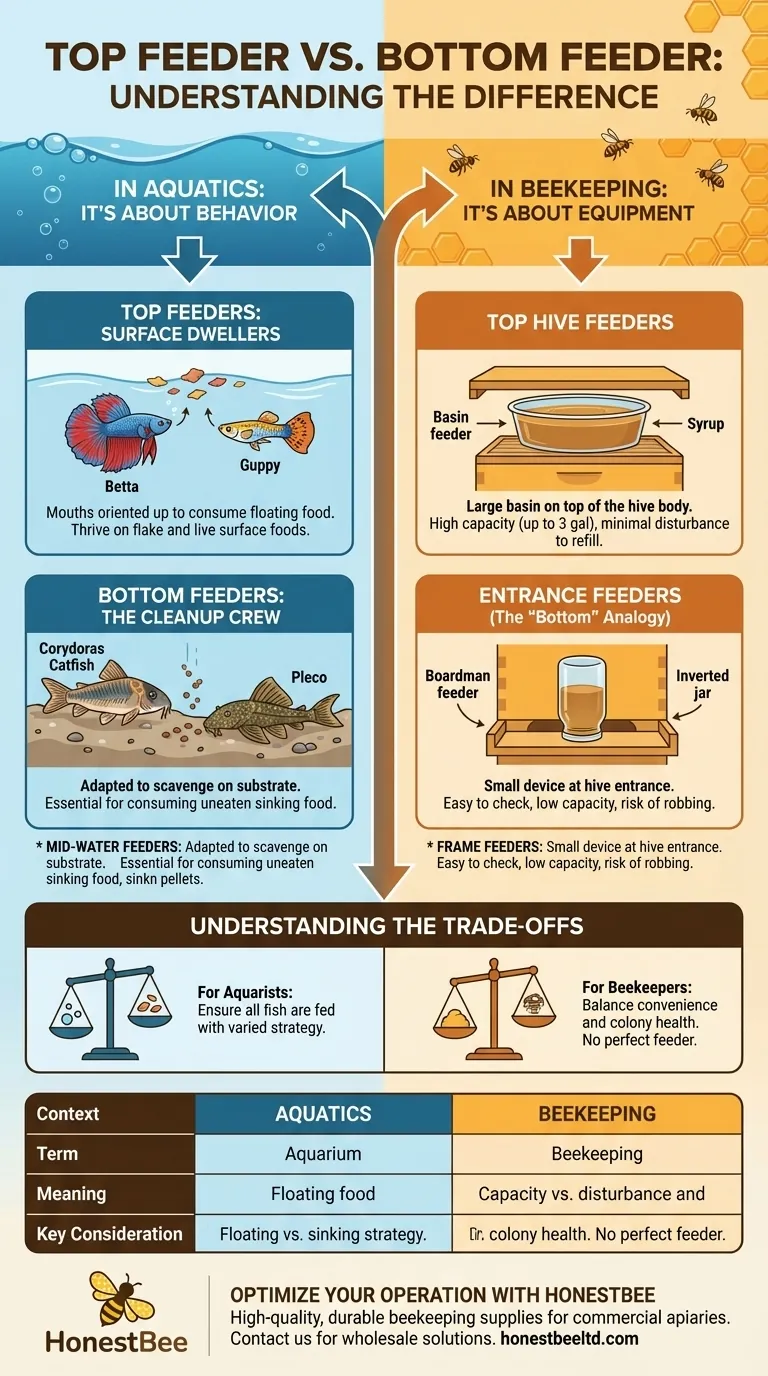
Related Products
- HONESTBEE Bee Frame Grooving Machine | Precision Slotting for Bee Frame Making
- Automatic Pneumatic Bee Frame Machine for Eyelet Insertion
- HONESTBEE Bee Frame Side Bar Forming Machine Precision Engineered for High-Volume Production Bee Frame Machine
- Electric Honey Press Machine for Squeezing Honey Comb Press Equipment
- Electric Flatting and Embossing Machine with Tray for Beekeeping
People Also Ask
- What are the stages of development from egg to pupa in bees? A Guide to Bee Metamorphosis
- What should be the condition of the frames before harvesting honey? Achieve a Perfect Harvest with the 80% Capping Rule
- Why do beekeepers prefer crushed honey? Unlock a Richer, More Complex Flavor Profile
- What customization options are available with fully automatic wax foundation machines? Tailor Sheets for Any Hive Frame
- What are the differences between wedged-top and grooved-top frames? Choose the Right Foundation System

